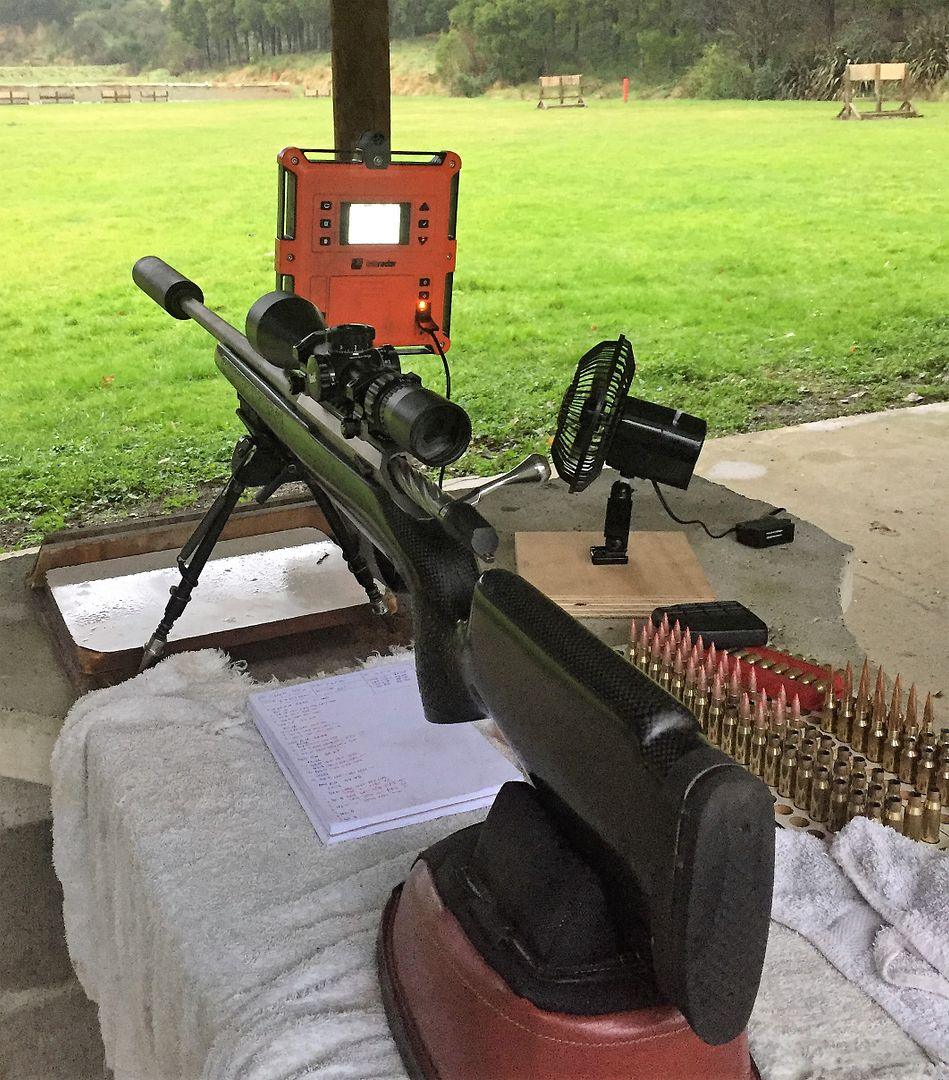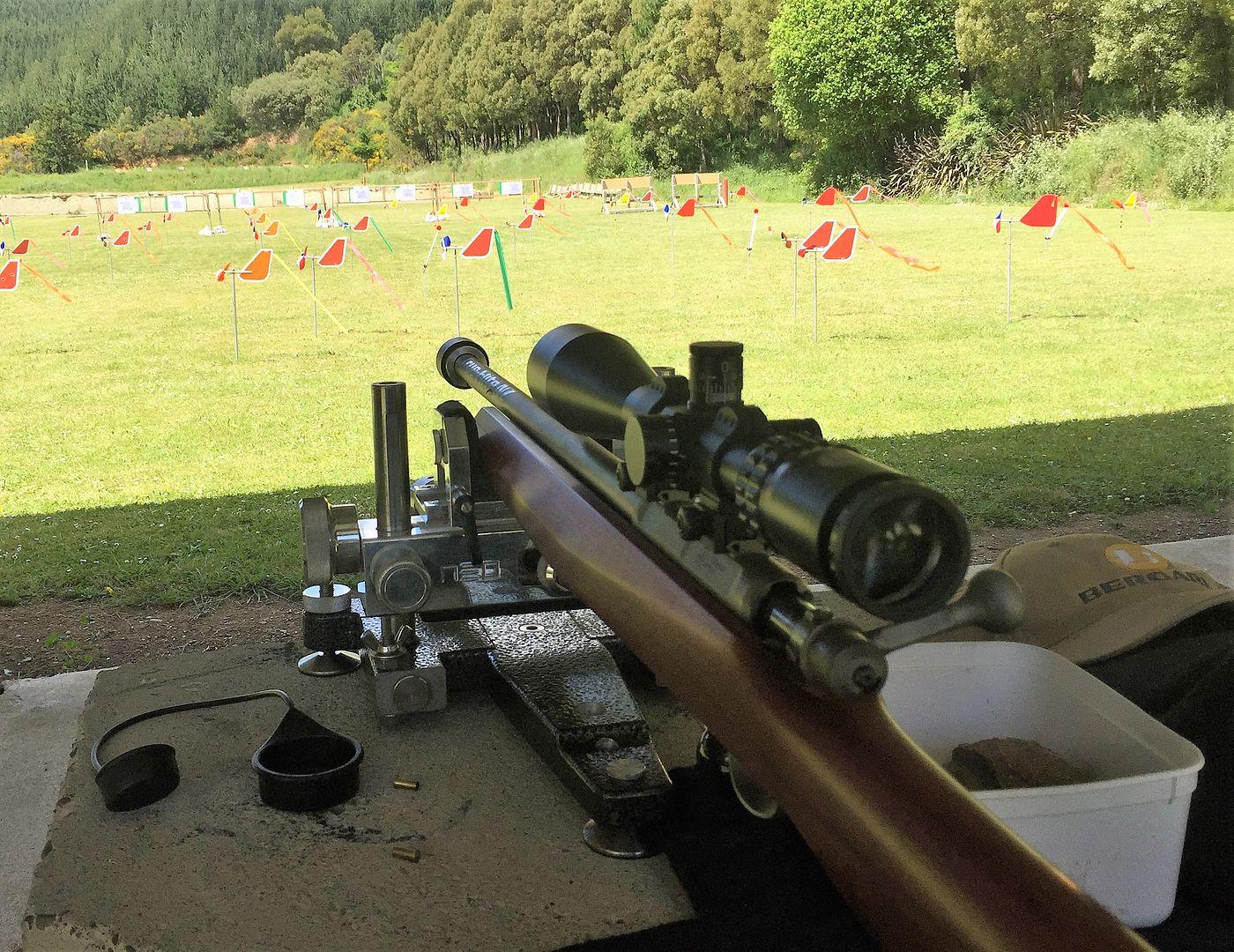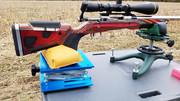ar10ar15man
Well-Known Member
reread this part.
"The bullet spends about 0.001-0.002 seconds in the barrel, and in that time before the bullet leaves the muzzle the rifle moves rearward about 1/8 inch. Unless that 1/8 inch movement is EXACTLY the same with each shot, the muzzle won't be in the same place and the bullets can't go in the same hole. Shot-to-shot repeatability is much better with a pedestal front rest than with a bipod, in my experience."
"The bullet spends about 0.001-0.002 seconds in the barrel, and in that time before the bullet leaves the muzzle the rifle moves rearward about 1/8 inch. Unless that 1/8 inch movement is EXACTLY the same with each shot, the muzzle won't be in the same place and the bullets can't go in the same hole. Shot-to-shot repeatability is much better with a pedestal front rest than with a bipod, in my experience."
Quote from Benchrest Central:
"Small groups can be shot off a bipod, make no mistake (e.g., http://www.6mmbr.com/TacticalFroggyA1.html). But a bipod on a concrete bench tends to bounce because the rifle pivots around the toe of the stock, and the forend of the stock where the bipod attaches is fairly springy, and there can be a lot of barrel weight in front the bipod. Plus, you generally hold onto a rifle with a bipod, and it takes a lot of practice to hold the same way for each shot.
With a pedestal front rest and rear bag the rifle can be supported where the stock is less springy (closer to the action) and the rifle slides backwards under recoil rather than pivoting on the toe of the stock.
The bullet spends about 0.001-0.002 seconds in the barrel, and in that time before the bullet leaves the muzzle the rifle moves rearward about 1/8 inch. Unless that 1/8 inch movement is EXACTLY the same with each shot, the muzzle won't be in the same place and the bullets can't go in the same hole. Shot-to-shot repeatability is much better with a pedestal front rest than with a bipod, in my experience."



